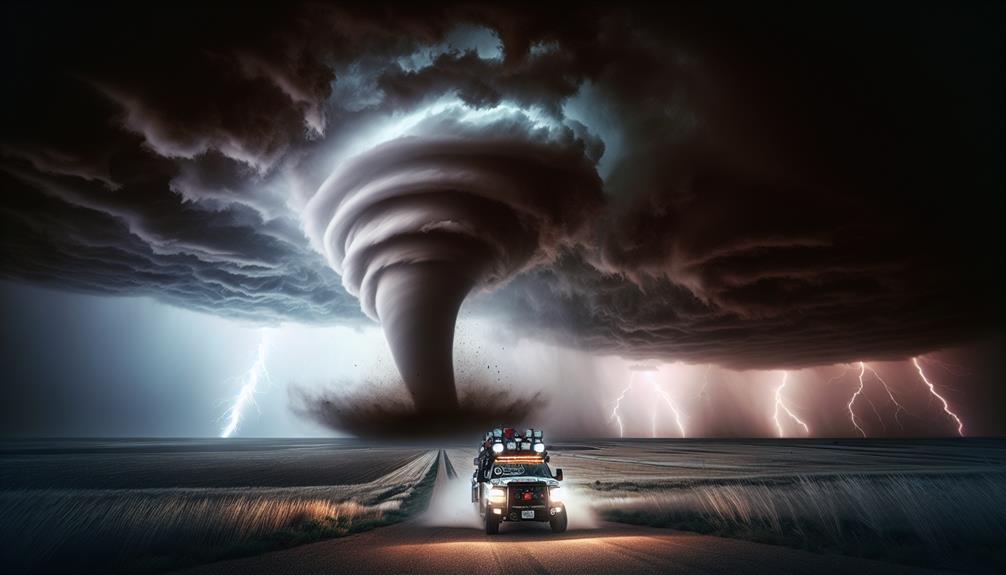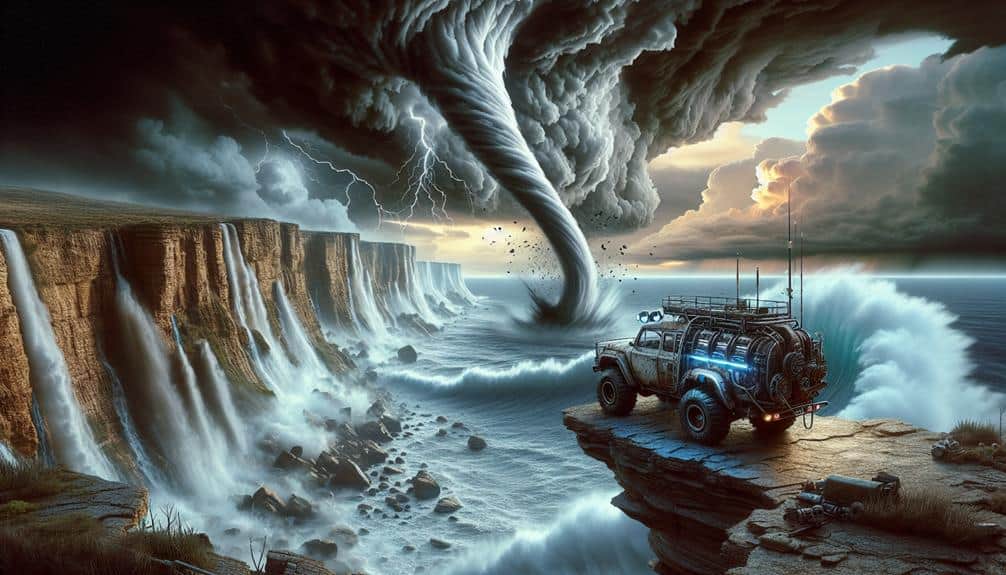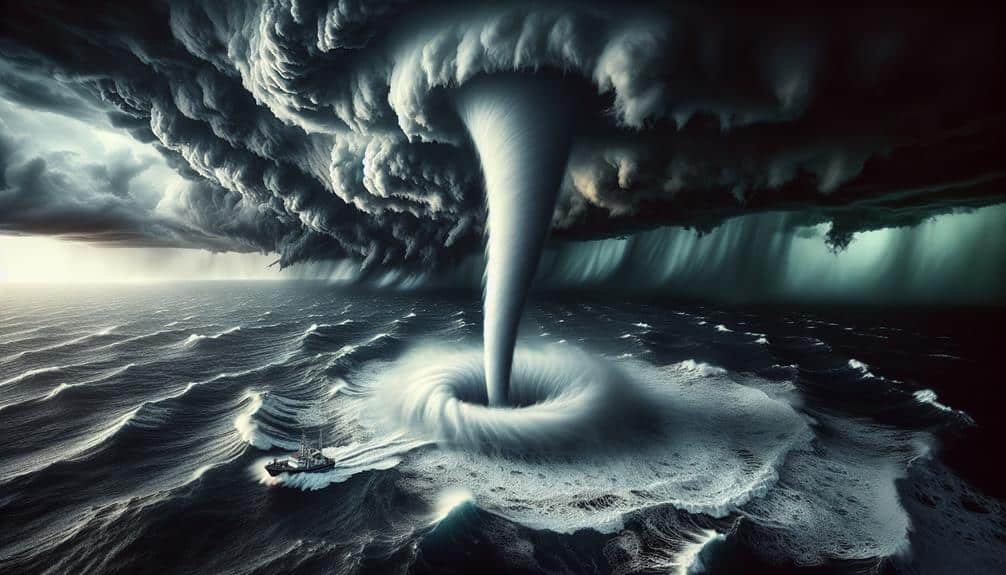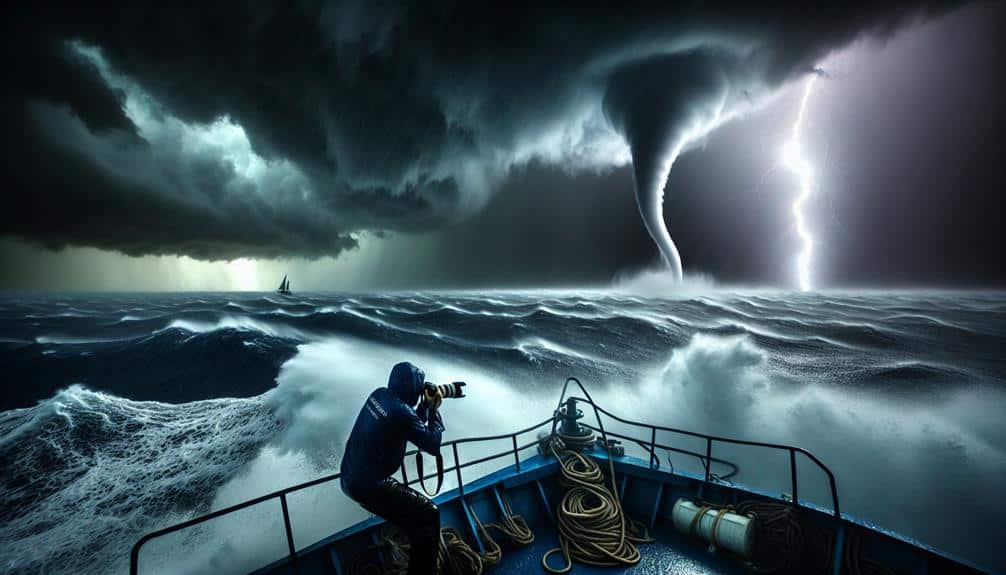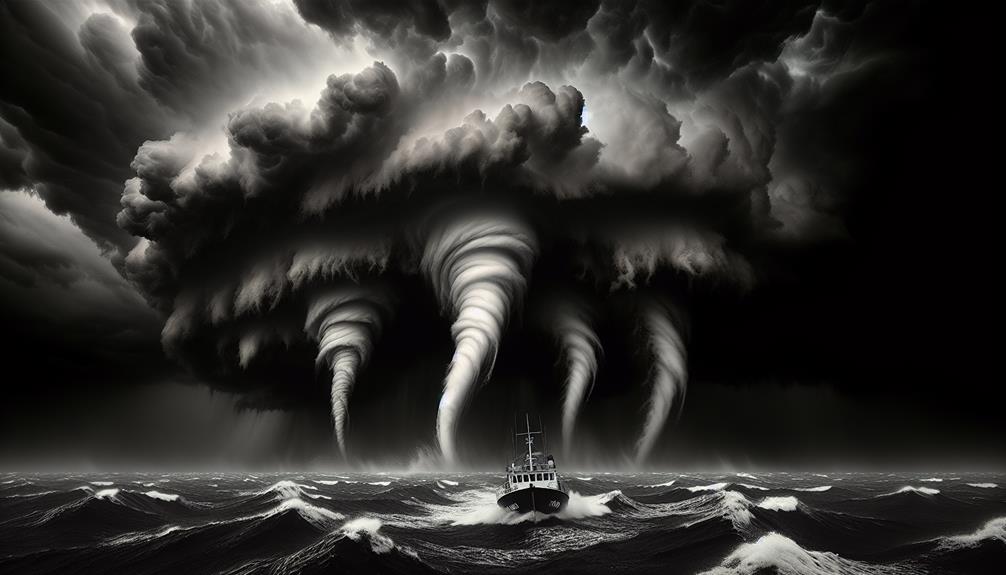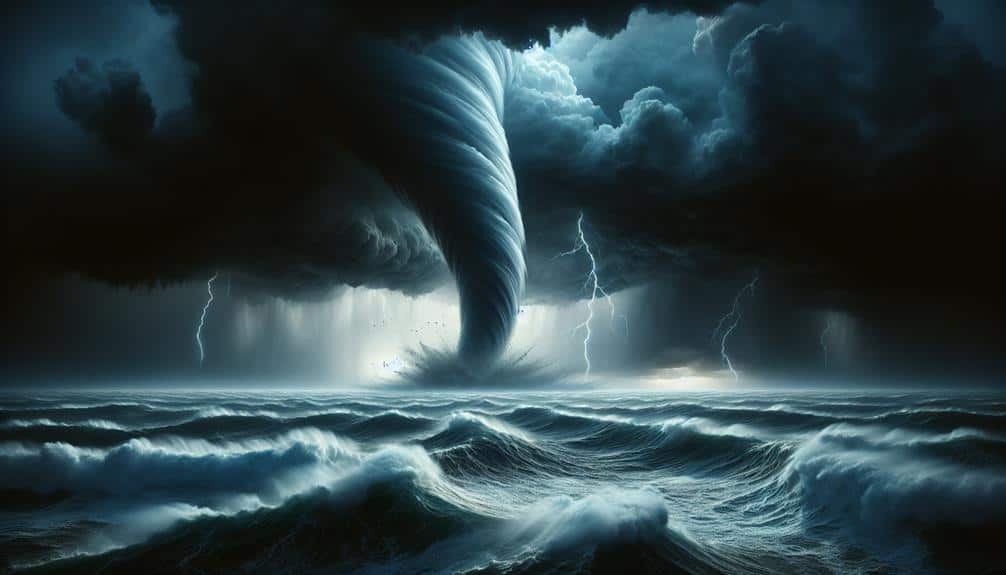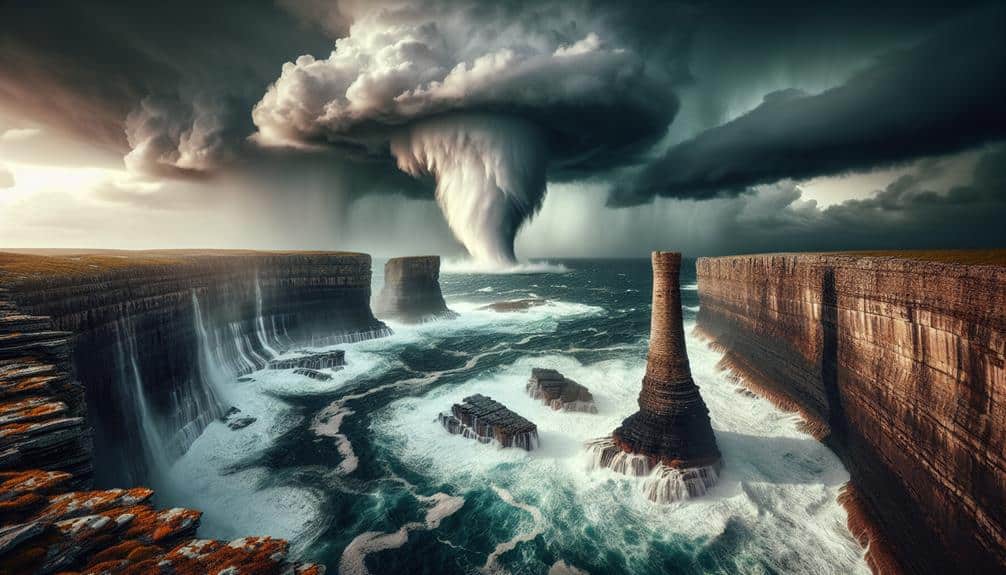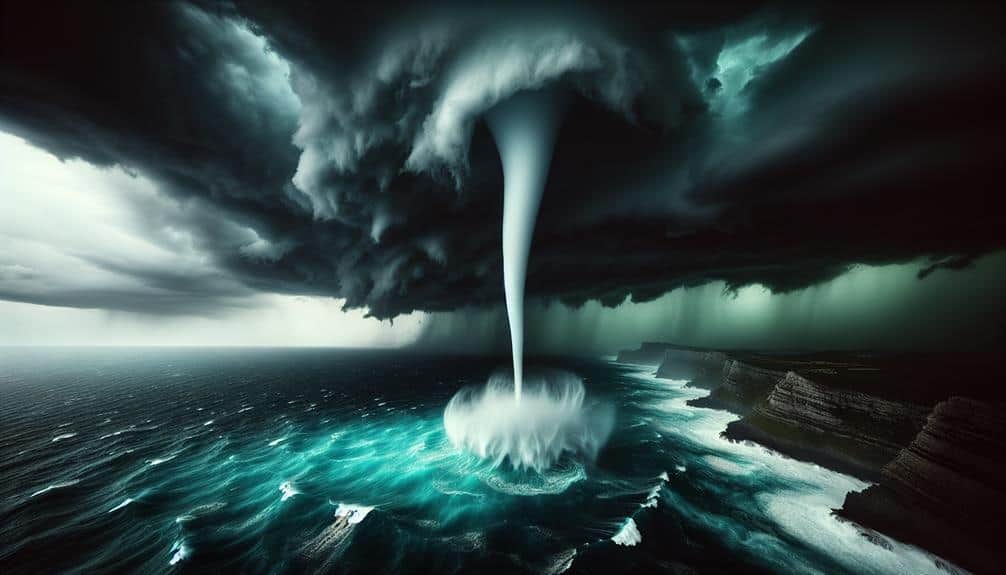Why Do Storm Chasers Risk It All?
We risk it all to chase storms because the data we gather is essential for predictive models and public safety. Equipped with advanced instruments like Doppler radar and anemometers, we capture real-time meteorological data that improves storm predictability. The adrenaline rush and our fascination with atmospheric science drive us to face these extreme conditions. Our […]
Why Do Storm Chasers Risk It All? Read More »
